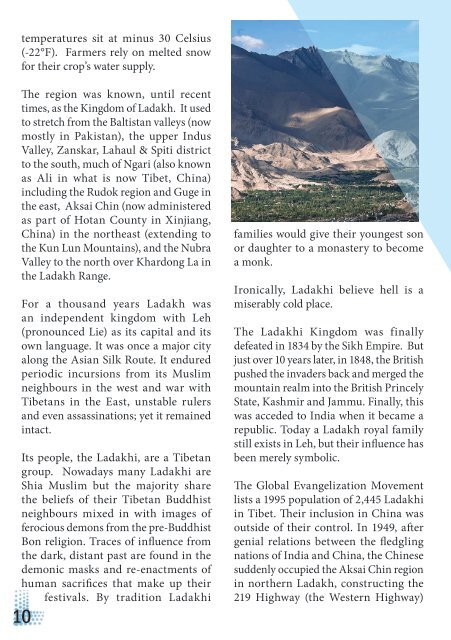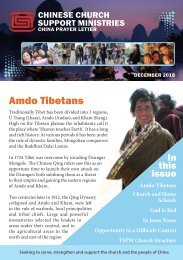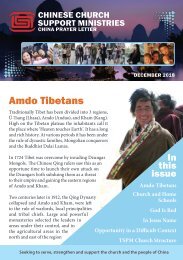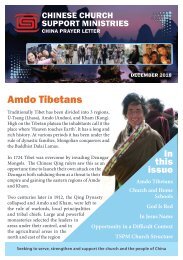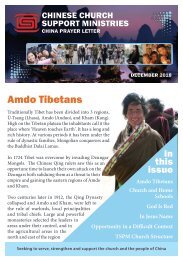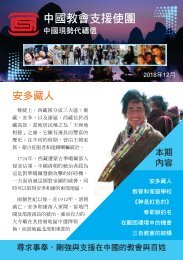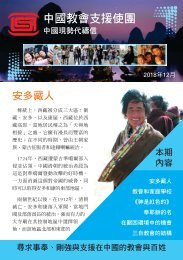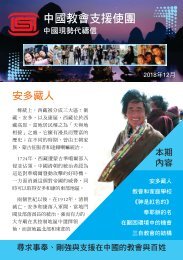Australia November 2018
Create successful ePaper yourself
Turn your PDF publications into a flip-book with our unique Google optimized e-Paper software.
temperatures sit at minus 30 Celsius<br />
(-22°F). Farmers rely on melted snow<br />
for their crop’s water supply.<br />
The region was known, until recent<br />
times, as the Kingdom of Ladakh. It used<br />
to stretch from the Baltistan valleys (now<br />
mostly in Pakistan), the upper Indus<br />
Valley, Zanskar, Lahaul & Spiti district<br />
to the south, much of Ngari (also known<br />
as Ali in what is now Tibet, China)<br />
including the Rudok region and Guge in<br />
the east, Aksai Chin (now administered<br />
as part of Hotan County in Xinjiang,<br />
China) in the northeast (extending to<br />
the Kun Lun Mountains), and the Nubra<br />
Valley to the north over Khardong La in<br />
the Ladakh Range.<br />
For a thousand years Ladakh was<br />
an independent kingdom with Leh<br />
(pronounced Lie) as its capital and its<br />
own language. It was once a major city<br />
along the Asian Silk Route. It endured<br />
periodic incursions from its Muslim<br />
neighbours in the west and war with<br />
Tibetans in the East, unstable rulers<br />
and even assassinations; yet it remained<br />
intact.<br />
Its people, the Ladakhi, are a Tibetan<br />
group. Nowadays many Ladakhi are<br />
Shia Muslim but the majority share<br />
the beliefs of their Tibetan Buddhist<br />
neighbours mixed in with images of<br />
ferocious demons from the pre-Buddhist<br />
Bon religion. Traces of influence from<br />
the dark, distant past are found in the<br />
demonic masks and re-enactments of<br />
human sacrifices that make up their<br />
festivals. By tradition Ladakhi<br />
10<br />
families would give their youngest son<br />
or daughter to a monastery to become<br />
a monk.<br />
Ironically, Ladakhi believe hell is a<br />
miserably cold place.<br />
The Ladakhi Kingdom was finally<br />
defeated in 1834 by the Sikh Empire. But<br />
just over 10 years later, in 1848, the British<br />
pushed the invaders back and merged the<br />
mountain realm into the British Princely<br />
State, Kashmir and Jammu. Finally, this<br />
was acceded to India when it became a<br />
republic. Today a Ladakh royal family<br />
still exists in Leh, but their influence has<br />
been merely symbolic.<br />
The Global Evangelization Movement<br />
lists a 1995 population of 2,445 Ladakhi<br />
in Tibet. Their inclusion in China was<br />
outside of their control. In 1949, after<br />
genial relations between the fledgling<br />
nations of India and China, the Chinese<br />
suddenly occupied the Aksai Chin region<br />
in northern Ladakh, constructing the<br />
219 Highway (the Western Highway)


